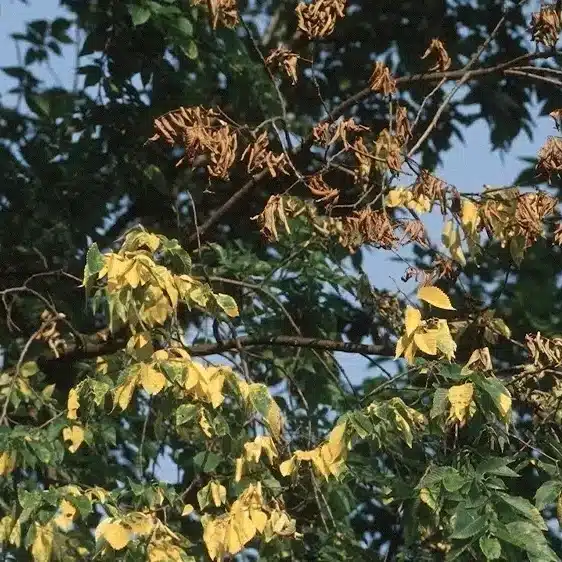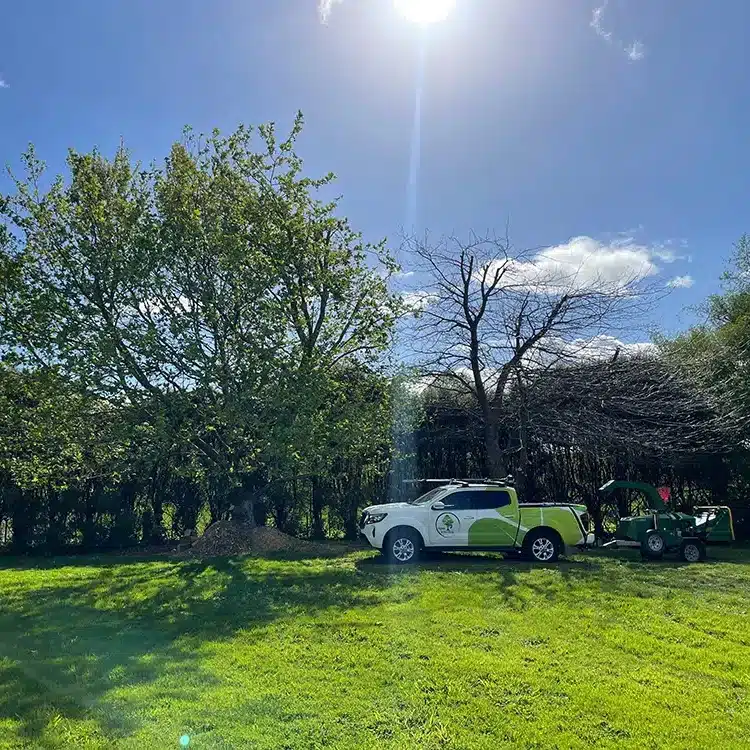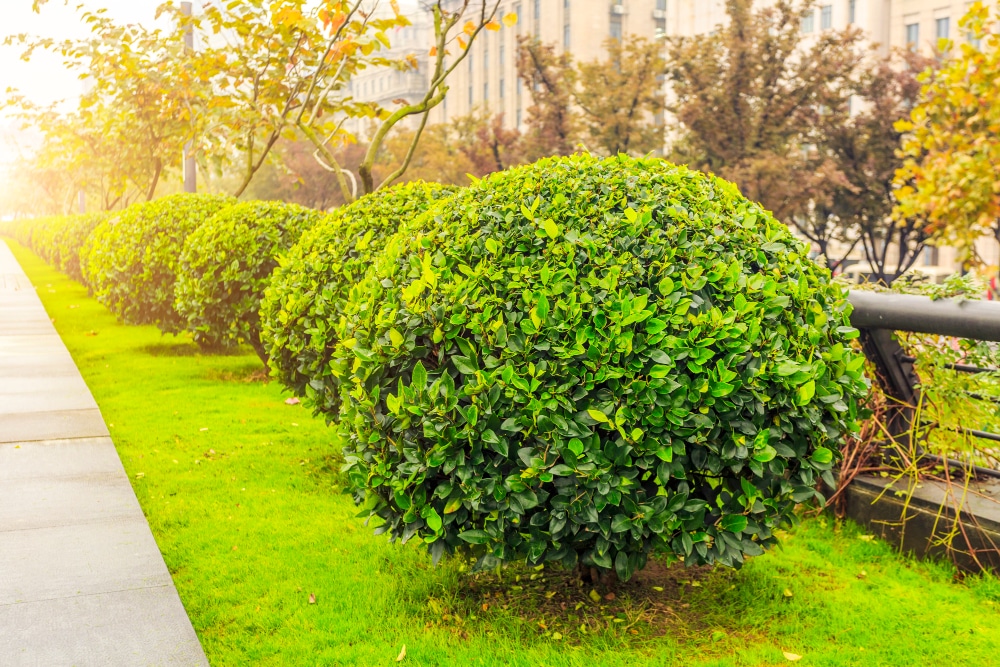
New Zealand’s unique climate and landscape offer diverse options for planting hedges. Whether you seek privacy, beauty, or a windbreak, there’s a hedge for every need.
Hedge plants are one of the most common plants in New Zealand. These include:
-
-
Eugenia Ventenati that is a Variety of Lilly Pilly
-
-
-
Mountain Green Variety of Pittosporum Tenuifolium
-
-
-
Griselinia Littoralis Broadway Mint
-
-
-
Pittosporum Tenuifolium Wrinkle Blue
-
-
-
Chilean Guava
-
-
-
Corokia Geentys Ghost
-
This guide explores the best hedges to suit various conditions, aesthetic desires, and practical needs across New Zealand.
Best Hedges for Specific Needs and Conditions

There are a few standout options when selecting hedging plants for specific needs and conditions in New Zealand.
For privacy, the Griselinia littoralis is unparalleled with its evergreen foliage. It’s a fast-growing hedge that makes it a top choice for creating secluded spaces. It’s a versatile plant that thrives in most soil types and conditions, ensuring robust growth in various gardens.
The Corokia cotoneaster is ideal if you’re looking for something to plant near your house. These low-maintenance hedge plants have a moderate growth rate. So, it won’t overwhelm your space, and its easy maintenance is a bonus for busy homeowners. The silver leaves of this shrub not only offer a unique visual appeal and add a decorative touch to your home’s exterior.
For those dealing with clay soil, a challenging medium for many plants, Pittosporum tenuifolium is an excellent choice. This hedge provides large glossy green leaves and requires minimal care, making it an excellent option for novice and experienced gardeners. Its adaptability to harsh soil conditions ensures your garden remains vibrant and healthy, even in less-than-ideal soil types.
Seasonal and Regional Considerations
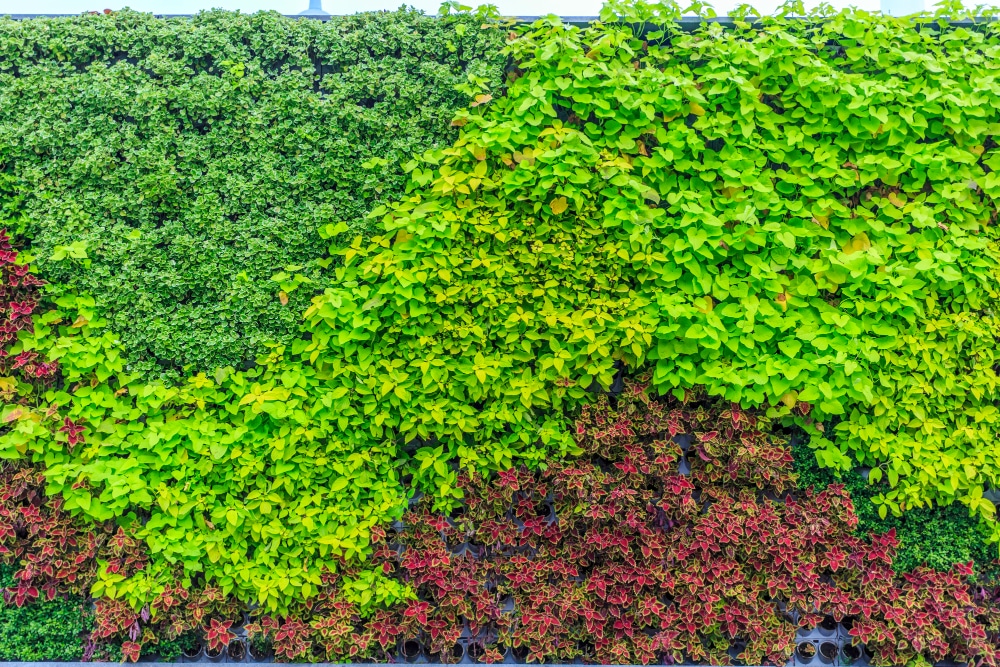
In New Zealand, the choice of hedges must consider both seasonal and regional factors to ensure successful growth.
For those looking to plant in the autumn, Mirror bush is an excellent selection with green foliage. This robust shrub adapts remarkably well to the cooler temperatures that characterise autumn, making it a resilient addition to any garden.
When considering regional variations, the selection becomes more specific. In the milder climate of the North Island, Shrubby tororaro is a favourable choice due to its rapid growth and adaptability. Its ability to thrive in various conditions makes it ideal for this region.
Conversely, in the colder climate of the South Island, the hardy Olearia macrodonta stands out. Its resilience to lower temperatures and lush foliage make it a suitable and attractive option for southern gardens.
These regional adaptations ensure that gardeners across New Zealand can choose hedges that enhance their landscape and thrive in their local environment.
Planting and Maintenance Tips
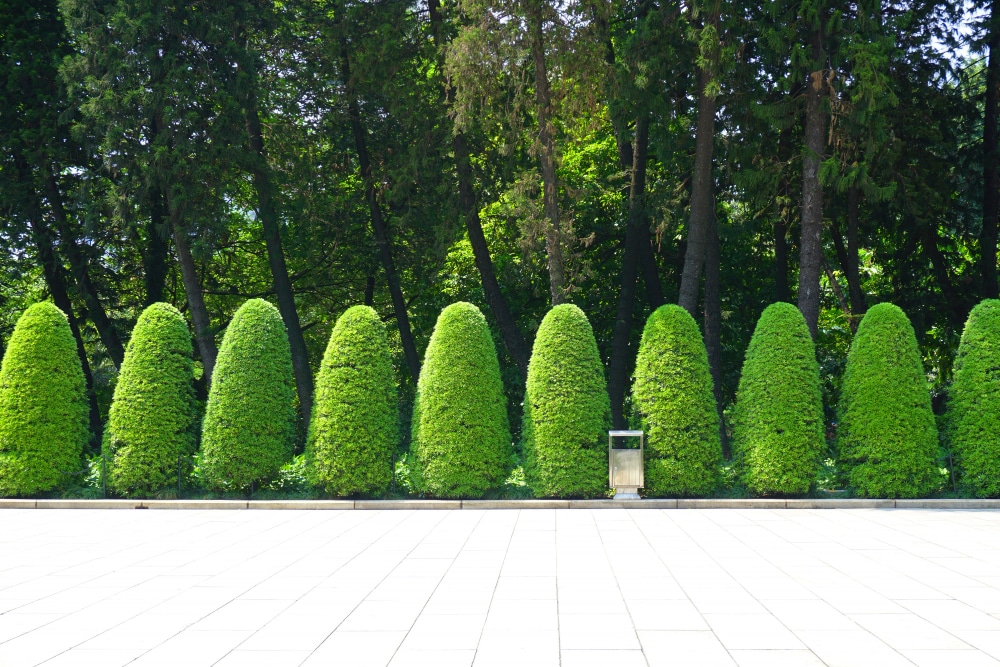
Here are some planting and maintenance tips for hedges:
1) Fast-Growing Hedges
For fast-growing hedges, ensure they’re planted in well-drained soil and full sun to partial shade. Regular pruning is key to encourage dense growth and maintain shape. Use a balanced fertiliser in spring to support the vigorous growth of dark green leaves.
2) Underplanting
For underplanting, consider using low-growing, shade-tolerant plants like Pachysandra. These plants thrive in the dappled light beneath a taller hedge and add a lush green dimension to your garden.
3) Maintenance Tips
Regular pruning, particularly in the early stages, is crucial for encouraging dense growth in hedges. Utilising a good pair of secateurs and hedge shears ensures the best results, helping to shape the hedge effectively and promote healthy growth.
Best Shrubs to Plant for Attracting Wildlife (Birds)
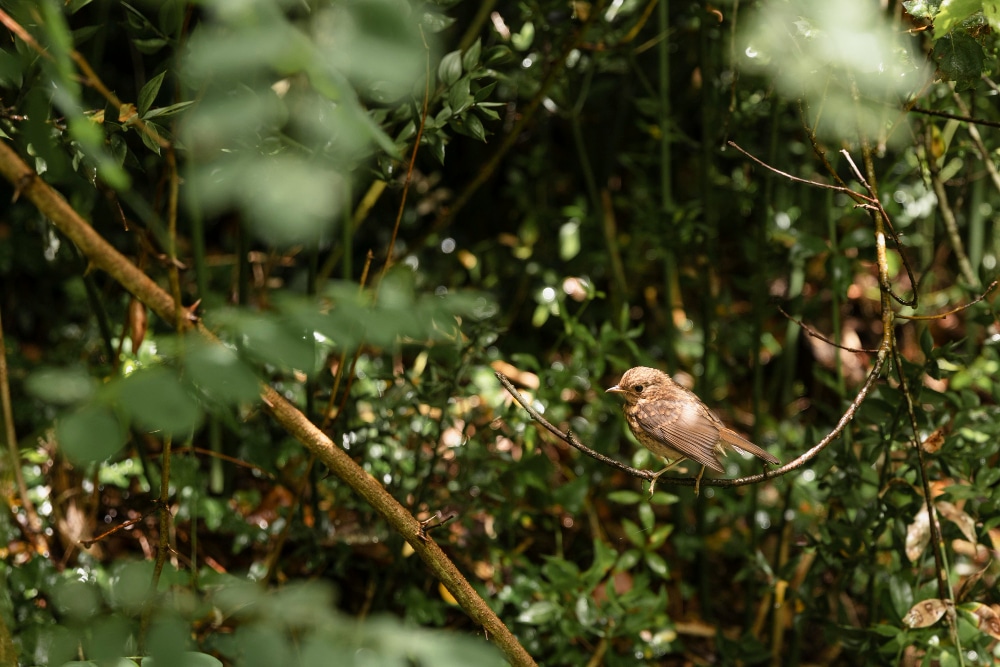
Creating a bird-friendly garden in New Zealand involves choosing suitable shrubs that thrive in the local climate and attract various bird species. Selecting plants that provide food, shelter, and nesting opportunities is key to turning your garden into a bird haven.
One of the top choices is the Kōwhai, renowned for its stunning yellow flowers that are a magnet for nectar-loving birds like tui and bellbirds. The Kōwhai’s blossoms provide a significant food source during the spring. Moreover, its dense foliage offers excellent shelter for birds.
Another excellent shrub for attracting birds is the Flax. This native plant is iconic in New Zealand landscapes and highly beneficial for birds. Its nectar-rich flowers attract a variety of nectar feeders, and its long, sturdy leaves are often used by birds like the Tui to build their nests.
Best Hedge Plants for Shade or Full Sun
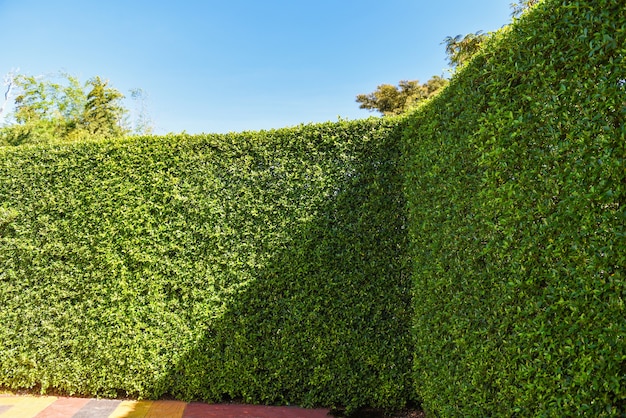
Choosing the right hedge plants for your garden’s light conditions is crucial for achieving a lush, healthy boundary or screen.
The Ruscus aculeatus, commonly known as Butcher’s Broom, is a superb choice for shaded areas. This hardy evergreen thrives in low light, providing dense foliage throughout the year. Its resilience and low maintenance make it ideal for shaded spots in the garden.
In contrast, the versatile Kohuhu offers a solution for gardeners in sunny and shaded areas. This hedge plant adapts to varying light conditions, ensuring uniform growth and aesthetic appeal across different garden areas. Its glossy leaves and fragrant flowers are a bonus, enhancing the garden’s sensory experience.
Eco-friendly and Sustainable Hedging Options
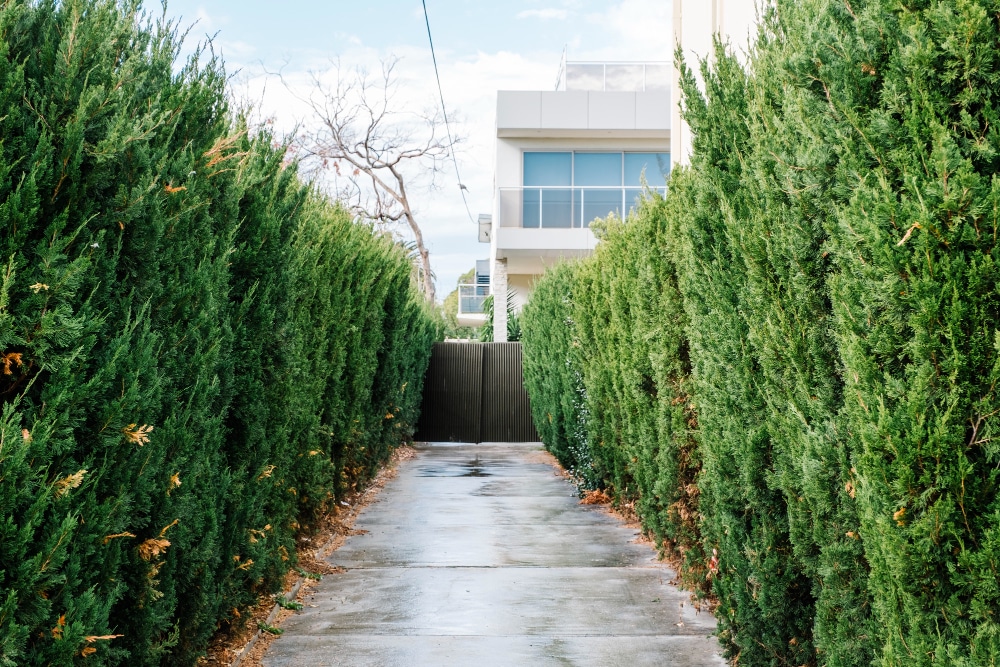
In this age, where environmental sustainability is paramount, selecting eco-friendly hedge options is crucial for the eco-conscious gardener.
Native New Zealand plants like the Manuka and Kanuka are excellent choices. These natives are adapted to local conditions, requiring less water and care, and provide essential habitats for native wildlife. So these hedges are drought tolerant.
Another sustainable option is the Totara, a native evergreen that’s highly durable and provides excellent privacy and wind protection.
Visual and Aesthetic Aspects
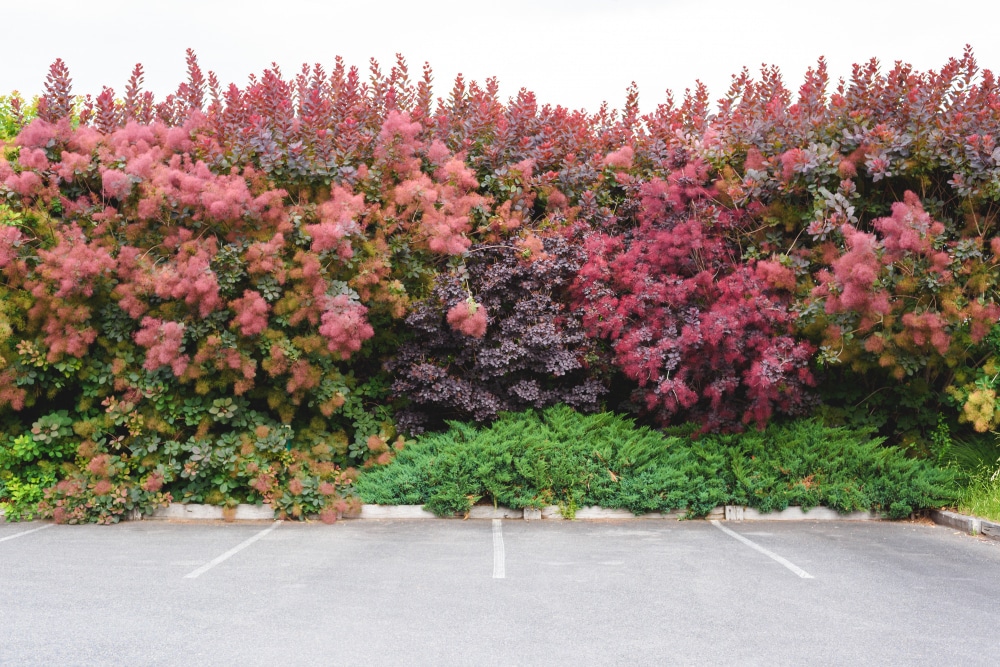
The visual and aesthetic impact of hedges in a garden cannot be overstated, particularly when it comes to enhancing curb appeal and designing dynamic landscapes.
The Camellia sasanqua, for instance, is a stellar choice for front-of-house planting. Its glossy leaves and delicate flowers add a touch of elegance and provide a vibrant splash of colour throughout the year, significantly enhancing the aesthetic appeal of any home.
In terms of landscape design, the artful mixing and matching of different hedge heights and colours can create a truly dynamic and visually engaging garden. Incorporating varying textures and hues, such as the deep greens of Yew against the brighter foliage of Golden Duranta, can add depth and contrast to your garden.
Moreover, playing with the heights of hedges, like combining the tall, stately Hornbeam with the shorter Boxwood, can create interesting visual layers, making your garden a collection of plants and a living, breathing work of art.
Problem-Solving with Hedges
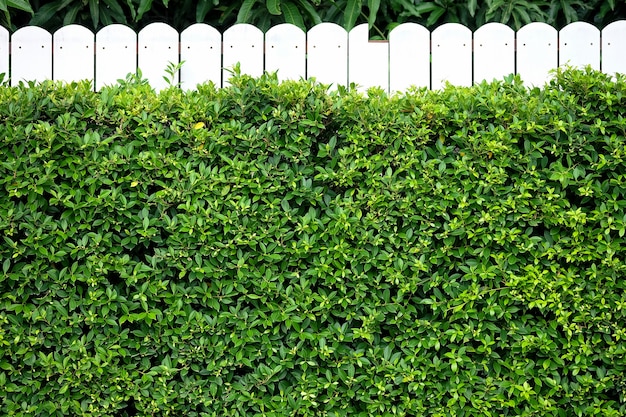
Dealing with challenging garden conditions, such as complex soil types or common hedge problems, can be made easier with the right choice of plants and care strategies.
For gardens with clay soils, a notoriously tough medium for many plants, Alectryon excelsus emerges as a robust and adaptable option. This resilient plant can thrive in dense, clay-rich soils where other species might struggle, ensuring a lush and healthy hedge even in less-than-ideal soil conditions.
Beyond soil challenges, common problems such as pest infestations or diseases can concern garden hedges. It’s crucial to address these issues proactively with eco-friendly solutions to maintain the health and appearance of your hedges.
Implementing practices like encouraging natural predators, using organic pest control methods, and choosing disease-resistant hedge varieties can help maintain a healthy garden ecosystem.
By tackling these problems early and mindfully, you can ensure your hedges remain vibrant and robust. It also helps enhance both the functionality and aesthetic appeal of your garden.
Comparative Analysis
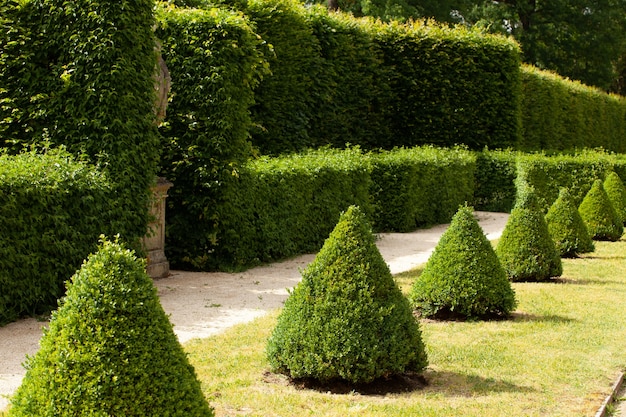
In selecting the ideal hedge for your garden, a comparative analysis of different varieties can be incredibly insightful, particularly when considering their growth habits and maintenance needs.
Take, for instance, the comparison between Buxus, known for its slow growth, and Lonicera nitida, a fast-growing alternative.
Buxus, with its dense, small leaves and slow growth rate, is perfect for intricate topiary and borders where precision is key. Its slow growth translates to less frequent trimming, making it a low-maintenance choice.
On the other hand, Lonicera nitida, with its rapid growth and larger leaves, quickly provides privacy and is ideal for larger spaces. However, this fast growth means more regular pruning to keep it in shape.
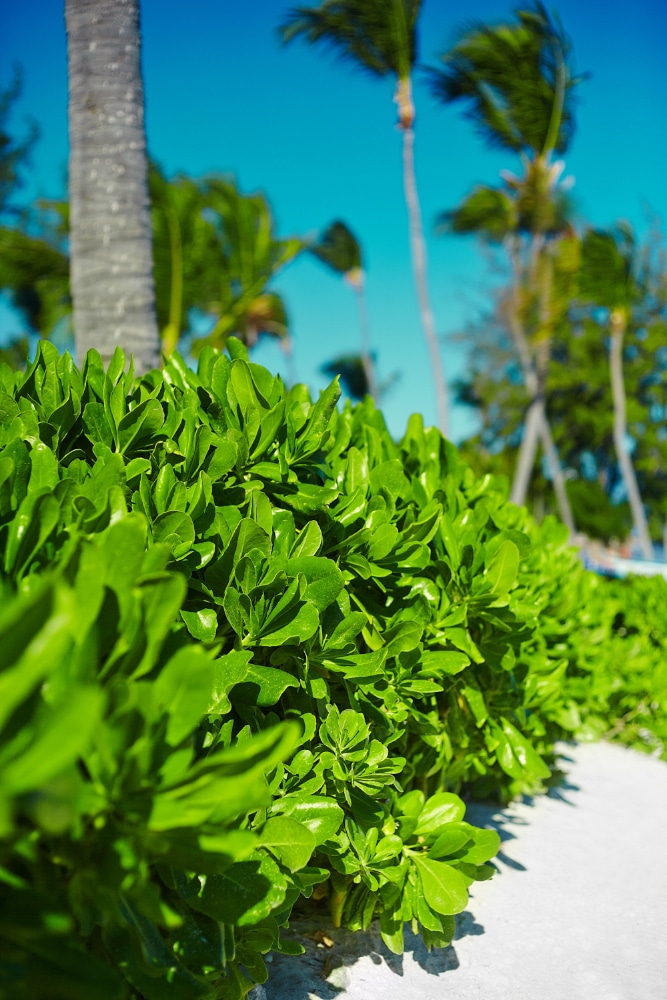
When discussing the pros and cons of these hedges, factors like growth rate, maintenance needs, and aesthetic appeal are crucial.
Buxus offers a classic, manicured look but requires patience to fill in. At the same time, Lonicera nitida provides immediate impact but demands more regular care.
Understanding these aspects helps make an informed decision that aligns with your gardening style, time commitment, and the desired look for your landscape. This comparative approach ensures that you choose a hedge that not only suits the conditions of your garden but also meets your expectations in terms of upkeep and visual appeal.
Resource Guides

New Zealand’s best hedge plants can be purchased from well-regarded nurseries such as Kings Plant Barn and Palmers Garden Centre, known for their wide selection and quality. Local garden shows and plant fairs are also excellent sources for unique and healthy hedge plants.
In New Zealand, recommended tools for hedge care include high-quality secateurs and hedge trimmers for precise cutting, organic fertilisers and eco-friendly pest control products to maintain hedge health while protecting the environment.
Conclusion

Hedges are more than just plant barriers; they’re living elements that enhance our environment. Choosing the right hedge for your New Zealand home or garden depends on understanding your needs and each plant’s unique characteristics.
With this guide, you can make an informed choice and enjoy the many benefits of hedges.
FAQs
What are the best hedge plants for New Zealand’s climate?
Native plants like New Zealand broadleaf, Korokio, and Kohuhu are well-suited to New Zealand’s varied climate. Non-native options like Red Tip Photinia and Common Box are also popular due to their hardiness and aesthetic appeal.
How do I plant a hedge correctly?
When planting a hedge, ensure the soil is well-prepared with organic matter. You must place the plants according to their mature size to avoid overcrowding.
Water thoroughly after planting and regularly during the first growing season. This will help establish a strong root system.
How often should I trim my hedge?
Trimming frequency depends on the hedge type. Fast-growing hedges like Lonicera nitida may need trimming 2-3 times a year. In contrast, slower growers like Buxus may only need annual or bi-annual trimming.
Regular trimming encourages dense growth and maintains shape.
Can I plant hedges in coastal areas?
Certain hedges like Corokia and Griselinia are ideal for coastal areas due to their salt tolerance and ability to withstand winds.
How do I deal with common hedge pests or diseases?
Regularly check for signs of pests or diseases. Use eco-friendly pest control methods where possible. Promote good air circulation through regular pruning, which can help prevent fungal diseases.


